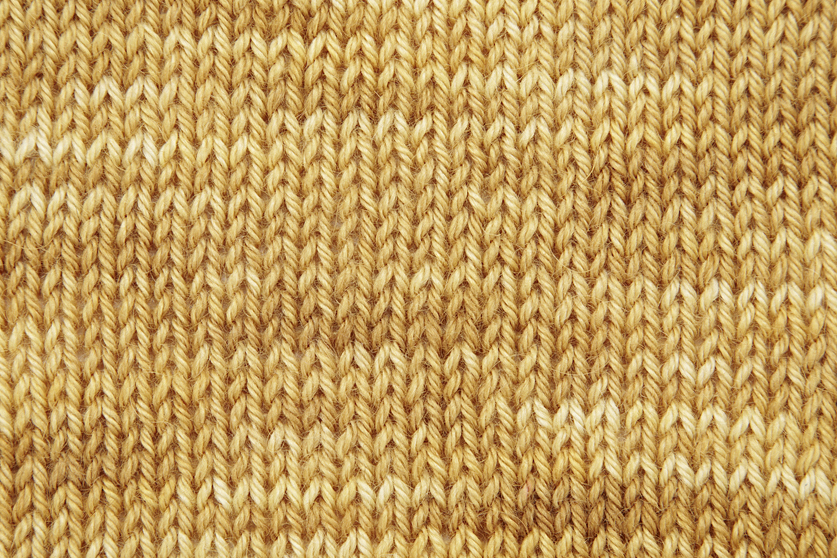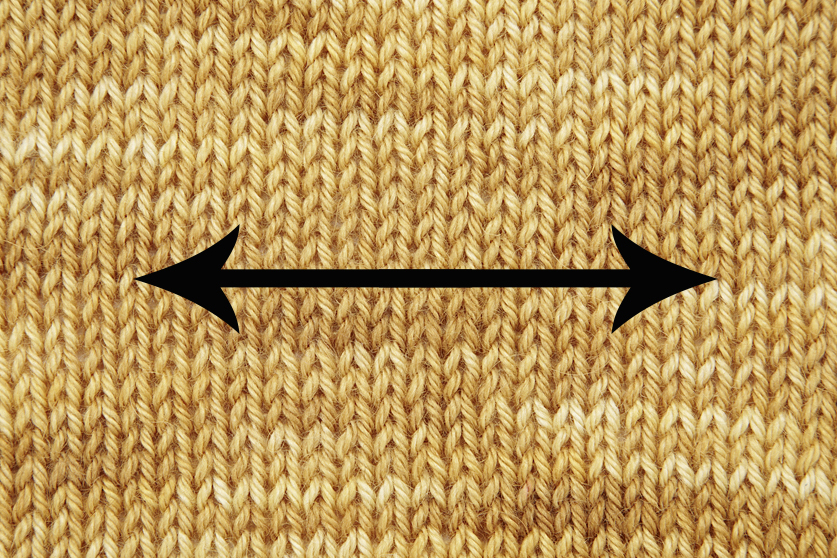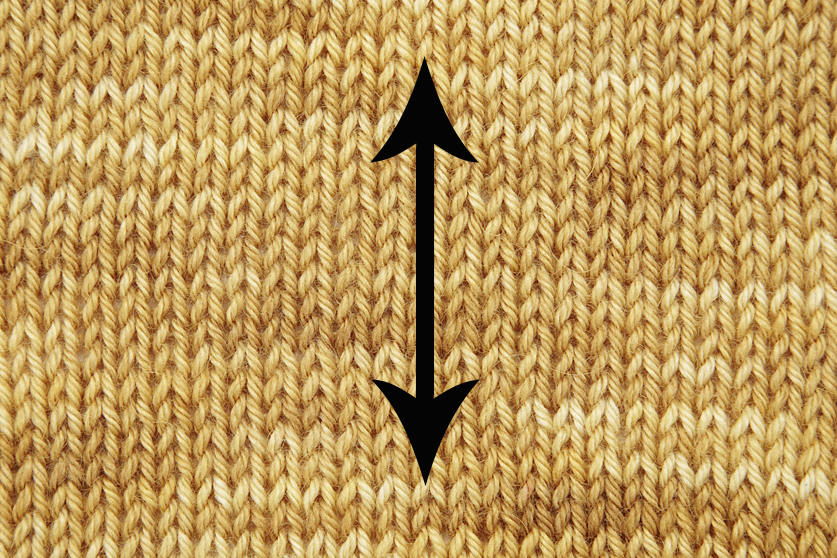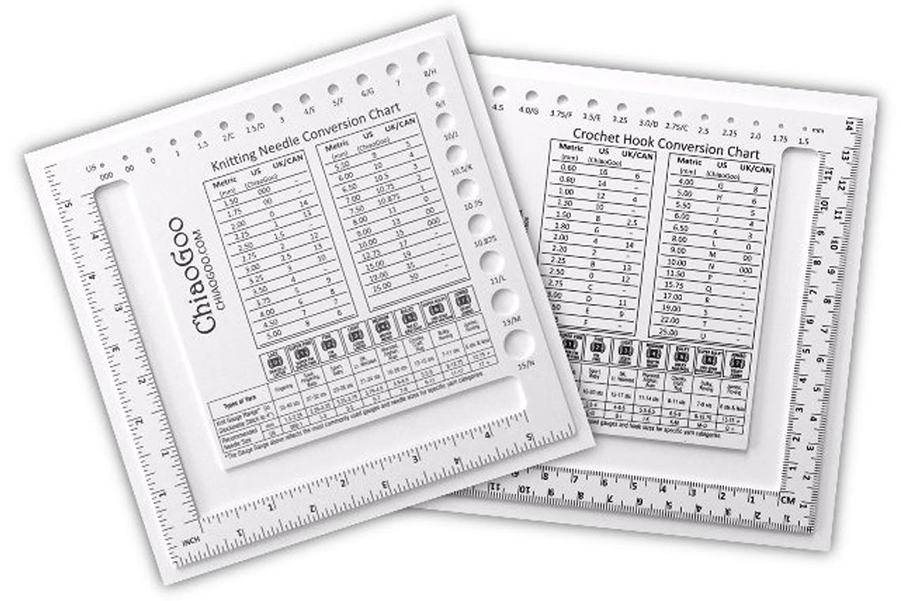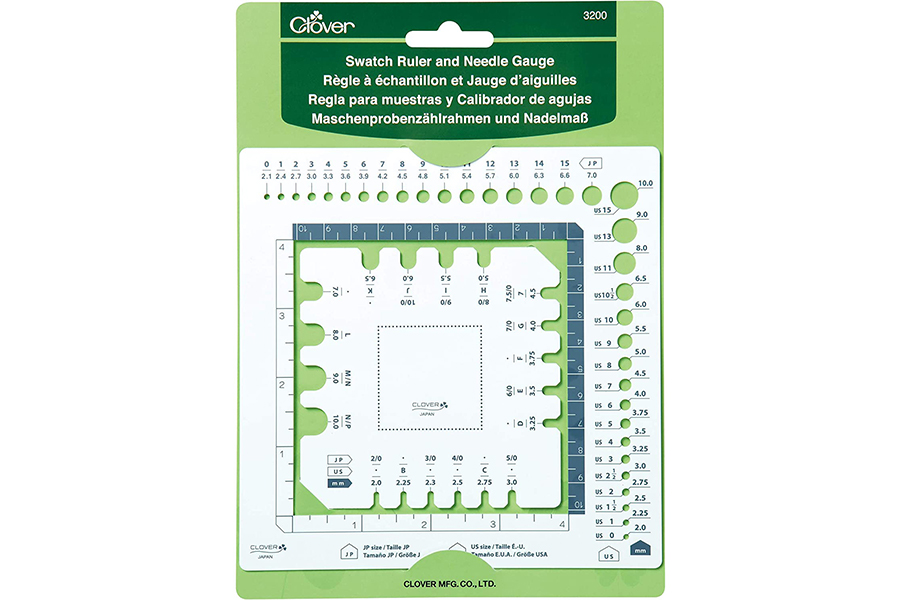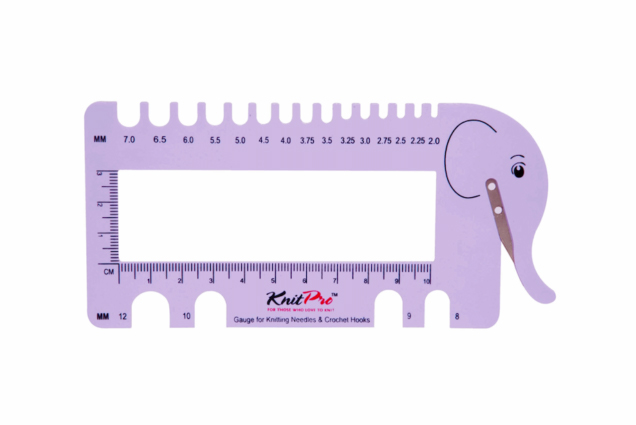Knitting tension square (or gauge square as it is known in the US) is really important for getting the best result from your pattern, but exactly what is gauge and why do you need to check it? In this article we'll show you that knitting gauge squares is easy, and well worth the effort! We'll cover:
What is gauge in knitting?
To achieve great results from your knitting it’s important to ensure that you have the correct gauge.
Gauge is how many stitches and rows can be found in a square of knitted fabric, typically one measuring 10x10cm (4x4in). For your finished project to turn out like the one in your pattern, your gauge needs to match the gauge given in the instructions.
The gauge you need to knit to is determined by your yarn weight and needle size, and is usually stated in the knitting pattern and on the yarn’s ball band. In our patterns you'll see it written like this:
"22 sts and 28 rows to measure 10x10cm (4x4in) over stocking stitch using 3¼mm needles"
How loosely or tightly you knit will determine the gauge of the fabric you produce. Everybody's gauge is different, and it can also vary for one person from project to project.
You may find you knit more tightly with wooden needles, for example, or knit more loosely if you're learning how to do Continental knitting.
Since you might not have the same gauge as the person who designed the pattern you're following, it's crucial that you check how yours matches up every time you cast on something new.
So, before starting any project, it’s a good idea to knit a small square with the yarn you're going to use. This is called a gauge square or tension square. Some knitters see knitting gauge squares as a chore, but it’s an important step that it's best not to skip – particularly if you're making a garment that you want to fit well and look fantastic.
If your gauge is too tight, your garment will come up smaller or shorter and might not fit you properly; if your gauge is too loose, you’ll find that the garment is too baggy.
